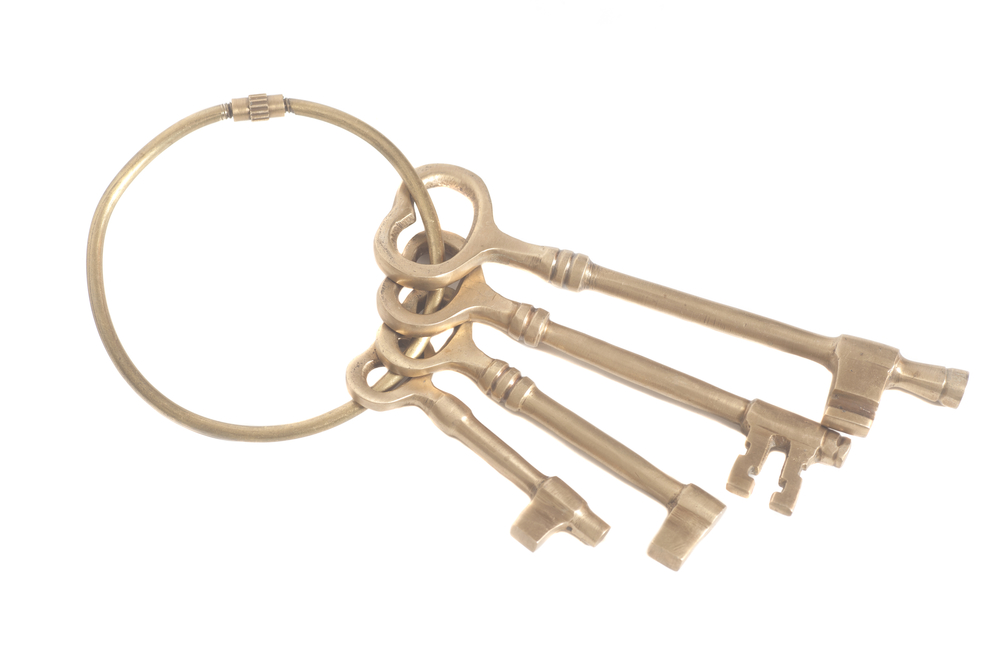
At two recent industry events Ecessa participated in – Channel Partners Conference & Expo and HTG IT Channel Summit – you couldn’t walk ten feet without tripping over vendors talking about security services or Software-Defined Wide Area Networking (SD-WAN). Meaning just about every vendor was offering their breakthrough solutions for increasing security or improving resiliency using SD-WAN. Keynote speakers called out SD-WAN as a core enabler of today’s modern business networks, with the same excitement they used to announce, “the Cloud.” With these observations in mind, I wanted to provide four key takeaways regarding SD-WAN technology, and what it is best, and truly, suited for.
LESSON 1: SD-WAN HAS MATURED AND BEEN ADOPTED INTO MAINSTREAM NETWORK ARCHITECTURES.
Carriers have adopted SD-WAN into their offerings as a must-have technology, as MPLS offerings are coming up for renewals and providing more options is necessary. Carriers are still not selling or deploying SD-WAN at a high rate, maybe because SD-WAN helps to integrate multiple carriers together – think agnostic integration.
- Voice over Internet Protocol (VoIP) and Unified Communications as a Service (UCaaS) providers are using SD-WAN to ensure reliability of their offering. However, they are positioning SD-WAN for VoIP and UCaaS applications only. This is good for their services but can cause confusion and be limiting for companies that want control over their other data.
- Manufacturers of firewalls and Wi-Fi controllers are marketing SD-WAN solutions. Adding basic failover or allowing for dual WAN ports are basic forms of SD-WAN technology, but users are seeing apples to oranges comparisons in reference to SD-WAN. More clarity is needed about the exact performance these solutions will provide (e.g., active/active load balancing, packet level control, full duplication).
LESSON 2: THERE’S NO SINGLE DEFINITION OF SD-WAN.
As mentioned above, architecture and performance expectations are key; we see the three distinct architectures as virtual, cloud-based and premises-based. To see our findings in more detail on each of these versions of SD-WAN, you can download our SD-WAN Comparison Brief.
LESSON 3: SD-WAN HAS GONE MAINSTREAM.
Just like broadband went from being an outlier to dominating service options, SD-WAN has moved from a niche technology for early adopters to center stage. If it’s not part of your network architecture yet, it will be soon, and meanwhile your infrastructure is missing out on all its great benefits.
LESSON 4: SD-WAN IS SECURE AND HAS PROVEN ITS VALUE IN REGULATED INDUSTRIES.
We see more and more financial institutions, banks and hospitals evaluating and deploying SD-WAN technology as it has demonstrated its capabilities and strength with resiliency and disaster recovery. As regulated industries apply more stringent security and performance requirements (i.e., PCI, HIPAA, GDPR, SOC-2 compliance), SD-WAN technology is already one step ahead, protecting and enhancing networks for these organizations.
With Ecessa helping you every step of the way, there’s nothing to fear about deploying an SD-WAN solution. Contact us to learn how to integrate reliable, relevant and Never Down™ SD-WAN network services into your organization.
